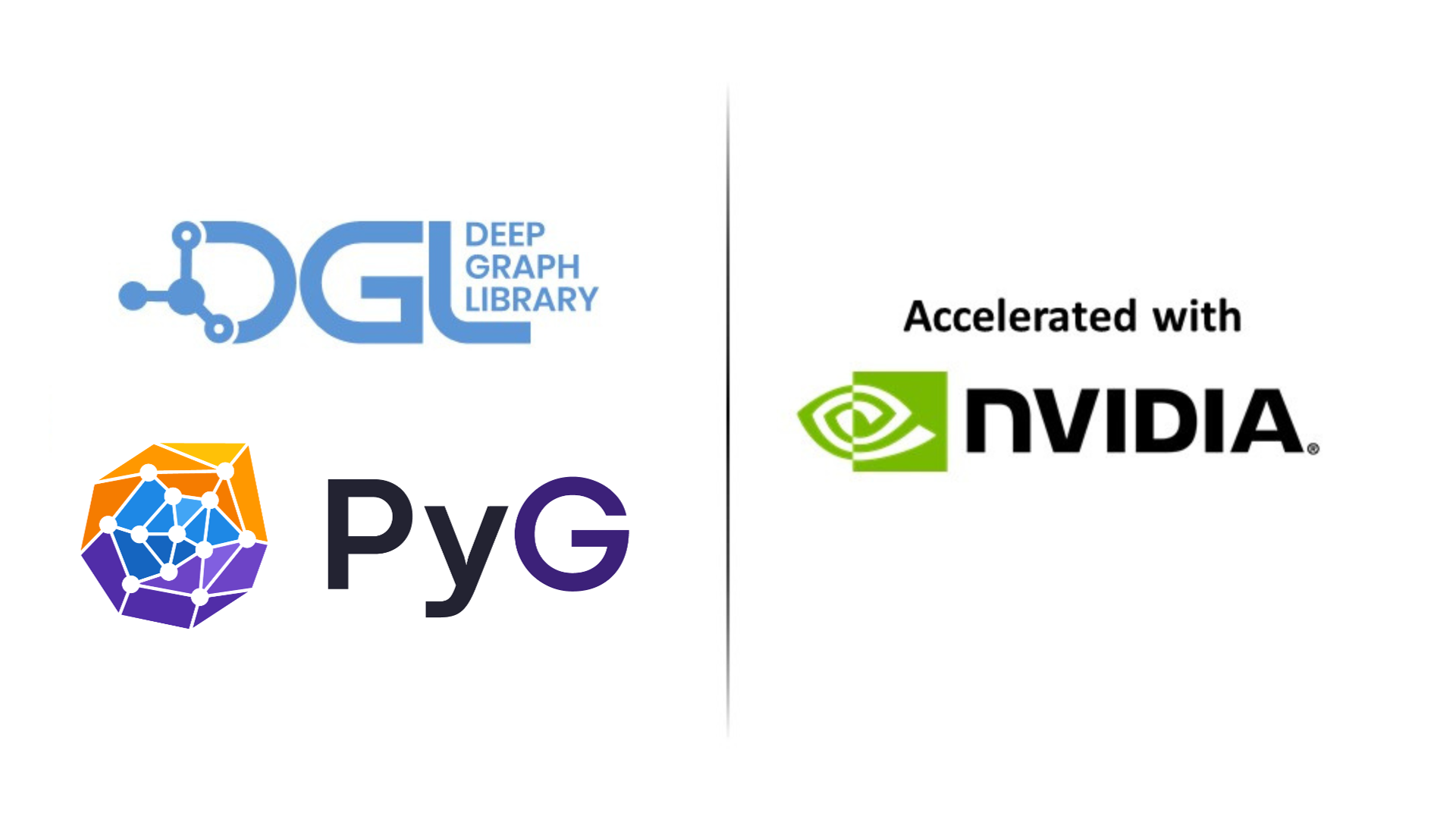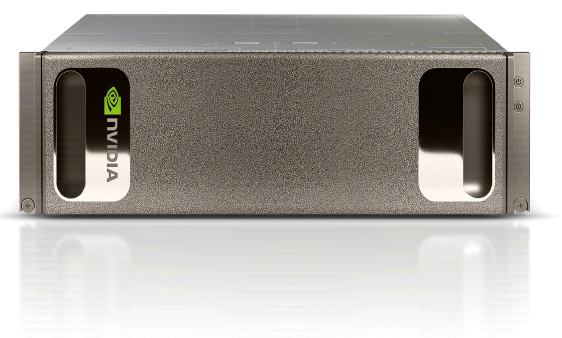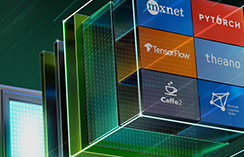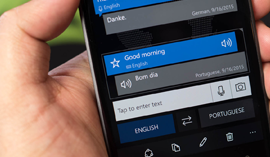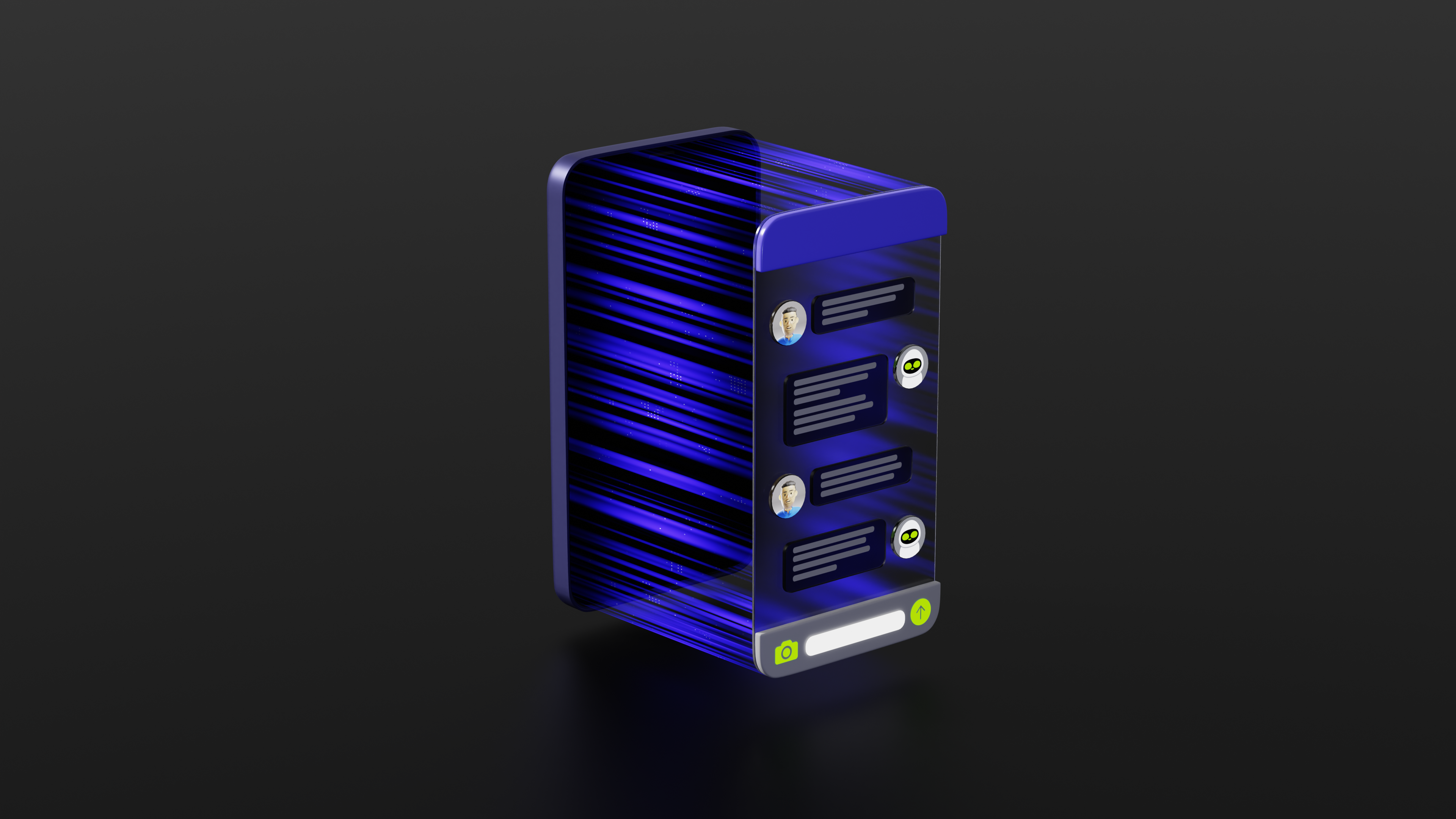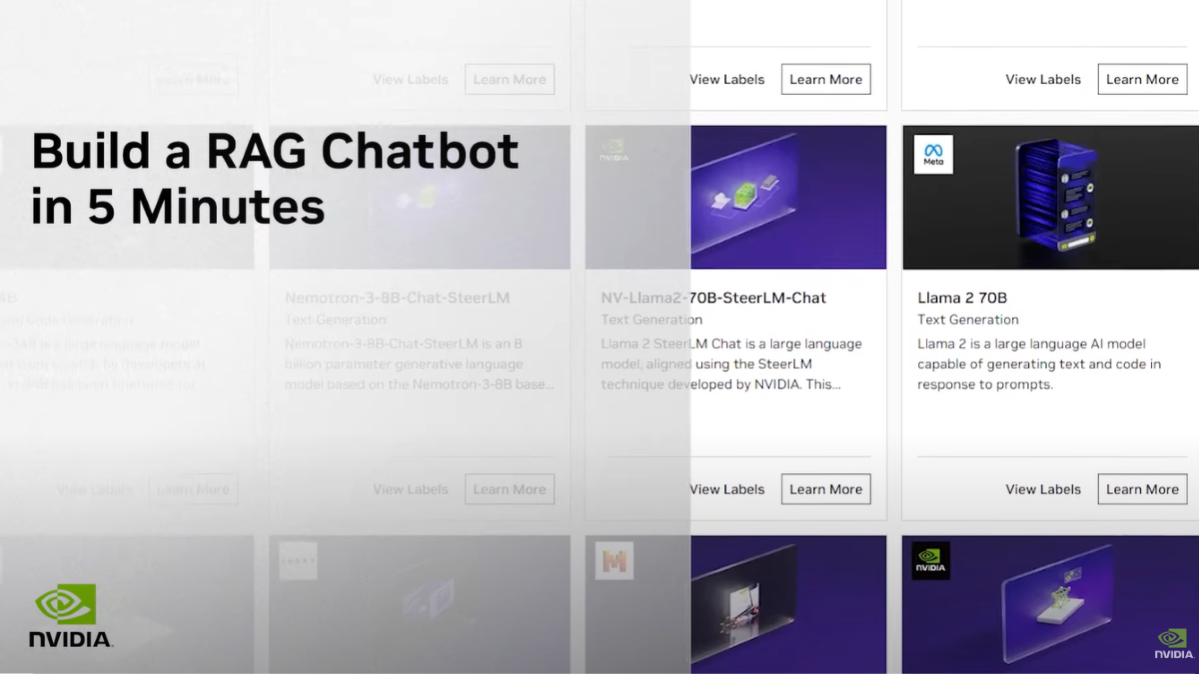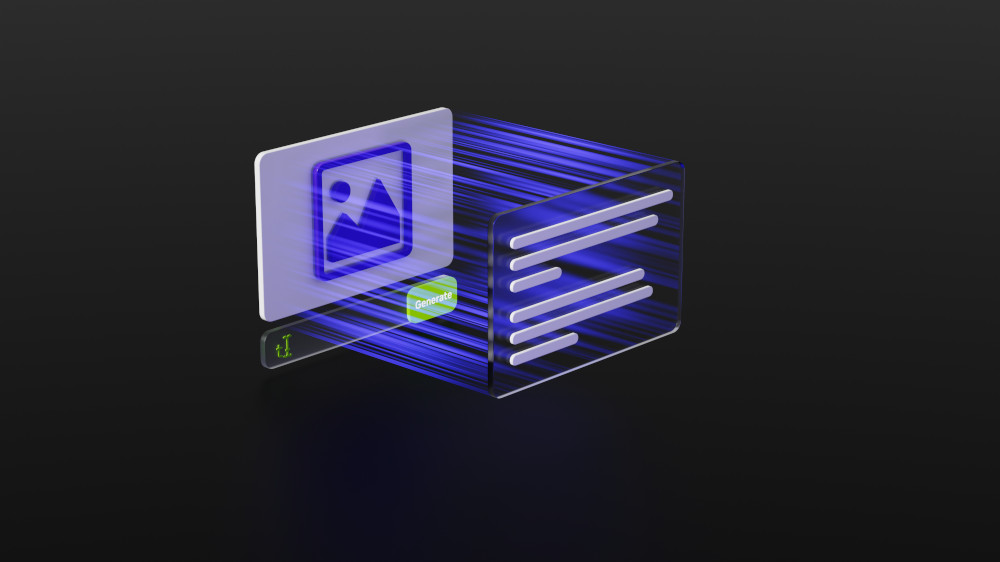Today, NVIDIA announced that it will help developers, researchers, and data scientists working with Graph Neural Networks (GNN) on large heterogeneous graphs with billions of edges by providing GPU-accelerated Deep Graph Library (DGL) containers. These containers will enable developers to work more efficiently in an integrated, GPU-accelerated environment that combines DGL and PyTorch. Instead of using expensive to maintain homegrown software, developers will be able to use end-to-end GNN solutions through tested, validated, and supported containers.
Highlights include
- DGL container – consists of the latest versions of DGL and PyTorch, their dependencies, and the latest performance optimizations to run your code with GPU-accelerated performance immediately.
- SE(3)-Transformer for DGL container – accelerated neural network training environment based on DGL, SE(3)-Transformer, and PyTorch and suited for recognizing 3-dimensional shapes. This is useful for segmenting LIDAR point clouds or in pharmaceutical and drug discovery research, for example.
Amazon Search, PayPal, and Pinterest have already taken advantage of early versions of this technology and are seeing great results.
Amazon Search powers product search for Amazon and eCommerce retailers that operate marketplaces trusted by sellers and buyers. To maintain their customers’ high level of trust, Amazon Search is using GNN to detect malicious sellers, buyers, and products. With CUDA accelerated DGL, Amazon Search is able to explore graphs with 10s of millions of nodes and hundreds of millions of edges while reducing training time from 24 to 5 hours. They are also exploring “super-large graphs” with billions of edges.
PayPal manages an online payment system with billions of transactions annually. With a continuously-growing number of users, their objective is to process 10s to 100s of billions of nodes and edges for end-to-end heterogeneous graph construction with sampling, and Relational Graph Convolution Network model training. They want to learn in near-real-time about features directly from the graph that includes several years of payments transactions, and optimize for sparsity and distributions for their real-work applications.
Pinterest, an image sharing and social media platform, deploys deep neural networks to graph-structured data of images users share. Pinterest uses a web-scale recommendation system, i.e., GNN link prediction, to efficiently extract insights and recommend pins for over 450 million monthly active users.
“Pinterest uses graph neural networks with billions of nodes and edges to understand our ecosystem of over 300B Pins. We rely on GPUs and NVIDIA optimized libraries for the training and inference of these models,” said Andrew Zhai, Senior Machine Learning Architect at Pinterest.
Developers, researchers, and data scientists can use the new DGL containers to accelerate their development of DGL and enable faster adoption of GNNs. To quickly take advantage of GNN through containerized solutions, apply for early access to the DGL container or SE(3)-Transformer for DGL container.

